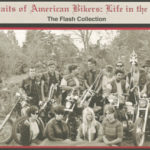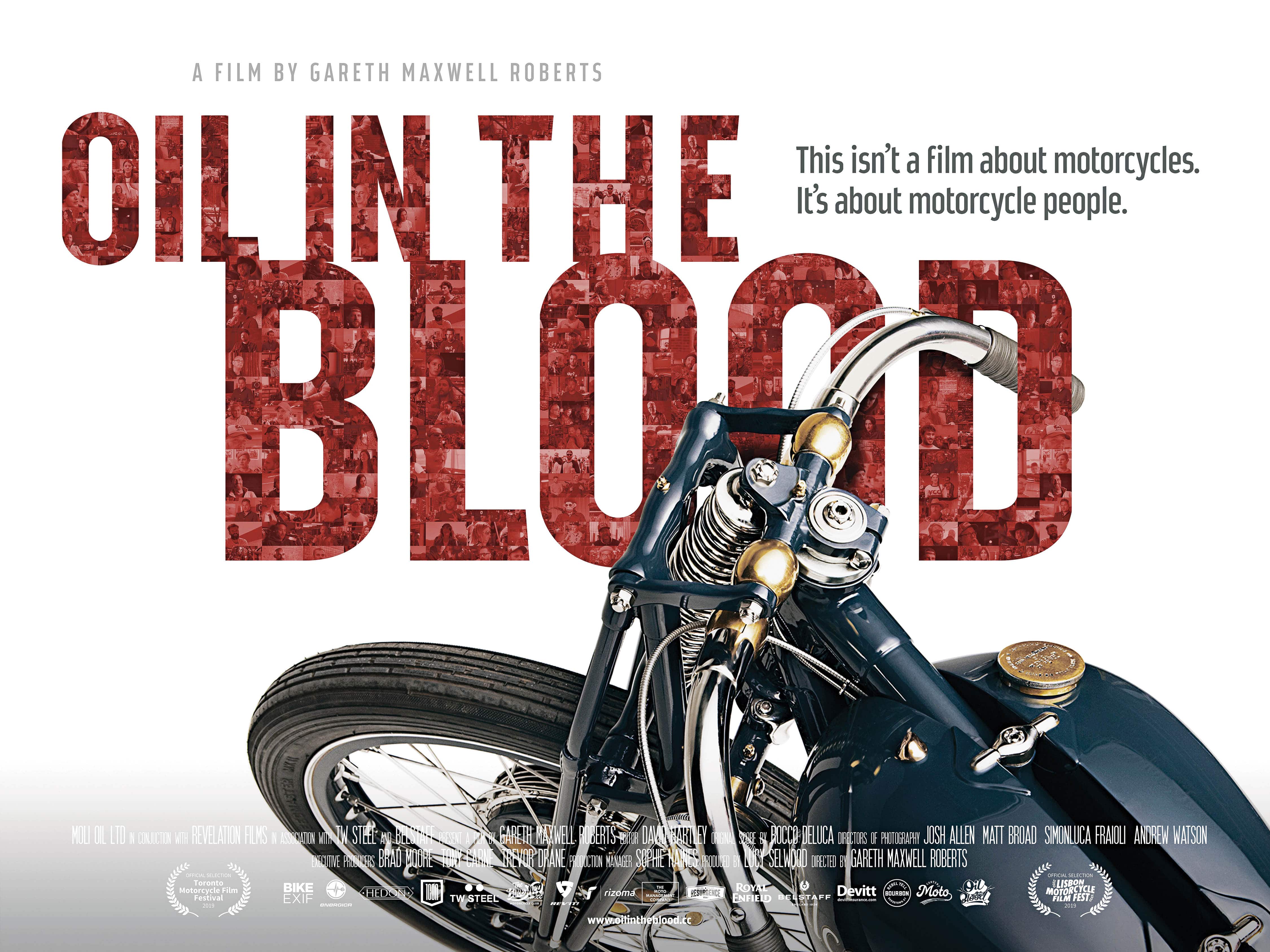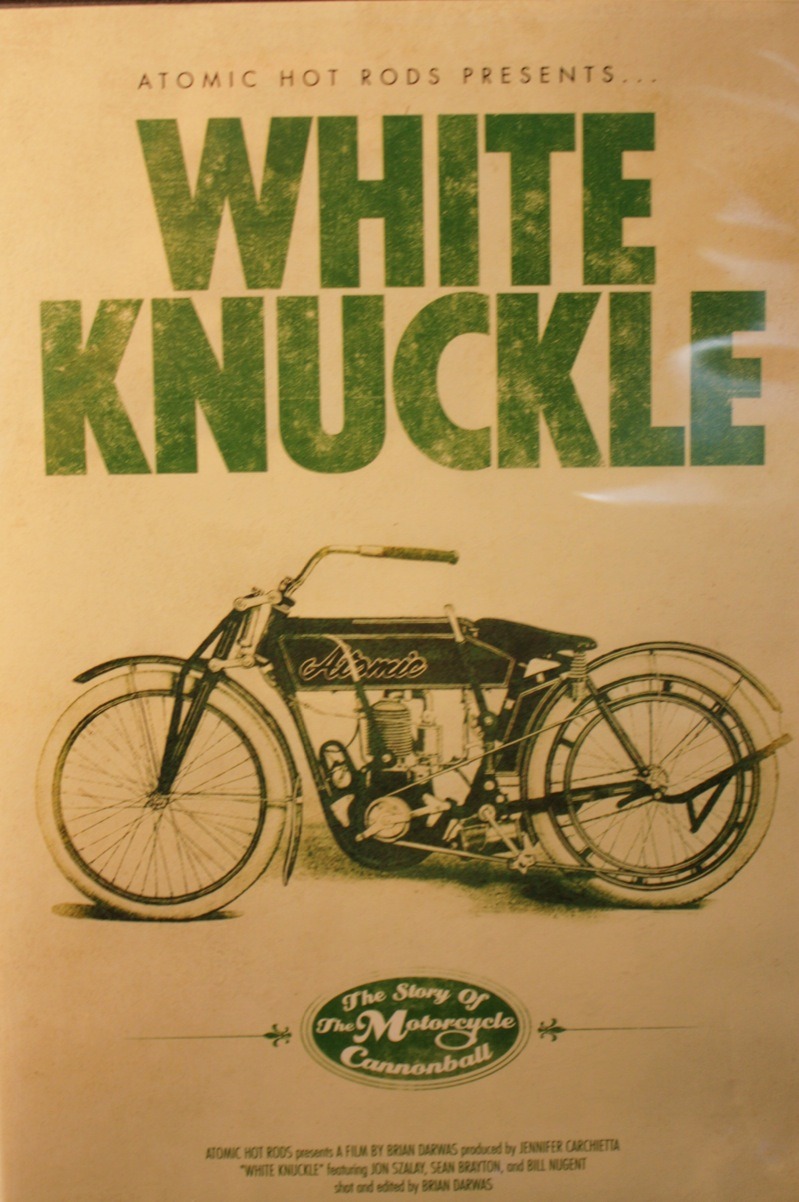Outlaws MC “back in the day”
The photographs of Jim “Flash 1%er” Miteff
Text and captions by Beverly V. Roberts
Flash Productions, LLC., $29.95, 158 pp.
www.flashproductionsllc.com
“I knew and still remember the people on the pages of this book. Along with my Dad, most of them are now gone. During the years that these photographs were taken, my Father was a member of the Detroit Chapter of the Outlaws 1%er MC. This collection of photographs was taken with a sincere desire to capture those private moments that were spent with the men that my dad considered his brothers.”
—Beverly V. Roberts
I suppose that on the surface it would seem that a review of a book of photographs would center on things like the technical skill of the photographer; the artistic approaches he or she takes in regard to shading, framing, etc.; and maybe a comment or two about the way in which the photographer interacted with the subject matter, enhancing its overall appeal through clever and brilliant juxtapositions and settings.
Yeah, maybe.
But not in material about this lifestyle. And not about a book as powerful as this one.
Yes, quality technical and artistic stuff is certainly here. The late Jim “Flash 1%er” Miteff knew what he was doing with his then newspaper-standard Graflex Speed Graphic Press camera. His grasp of that complex bit of equipment and his savvy knack for capturing special “Kodak moments” is obvious. But the photos in this book go far beyond an objective surface. When Jim’s daughter, Beverly, says in the book’s introduction that her father was capturing “moments that were spent with the men that [he] considered his brothers,” she really nails the bottom-line essence of this book.
The brotherhoods that make up the high-level motorcycle clubs are possessed of a rank-and-file passion that is unparalleled in society. The Outlaws MC, of which Miteff was a member, is one of the oldest still-existing MCs and is considered one of the four most influential clubs in the world. Begun just outside Chicago in 1935, the Outlaws have been around to see all of the major eras in which heavyweight motorcycle clubs were spawned: the post-World War II 1940s, the late ’50s/early ’60s, and the Vietnam War years. That mid-period—the late ’50s into the ’60s—was arguably the standout in terms of pure craziness and social outrage. Jim Miteff was there, drinking it all in. And he chronicled every intoxicating drop—when the bobbers of the ’40s became radical choppers, when the leather bomber jackets and “cuts” took on even more “adornments,” and when the overall “rebellion” of this way of life was amped up; way up.
“The photographs in this book were specifically selected from his collection,” Beverly explains in the book’s cover notes. “These never before published images are taken directly from the original negatives that had been in storage for over 40 years.”
A lot of that “buried treasure” thing goes on in this lifestyle. We always hear about the still-crated military Harley, found under decayed tarps in some mid-western barn. Or the perfectly stock Confederate Edition Sporty with flat tires that has been lingering in someone’s uncle’s garage since he died in ’79.
But the same holds true for the archival material that serves as the “growth rings” for our little brand of dendrochronology.
I would have loved to have been in that pre-digital darkroom when those negatives were first brought to life—and I would have loved to have been there when their power was resurrected.
Portraits of American Bikers: Life in the 1960s contains 75 full-page (9″x12″) photos that bring you back to a time when the term “anything goes” was a daily credo. It was way before helmet laws, boutique dealerships, factory “customs,” and corporately organized “No Colors Allowed” signs.
Miteff’s pictures—portraits—put you right in the middle of this magical time.
And these portraits provide an amazing portal. If you look into the faces and the settings and the sheer wild environment of any given picture for even a fraction of the amount of time that, say, the Wild Hogs DVD lasts, you’ll feel—and understand—more about the real roots of this lifestyle than most media ever conveys.
It’s hard to select a favorite pic; there are so many compelling images. But after going through the book a few times I found myself becoming partial to the photo on page 127. There, in the fitting black and white of the entire body of photos (the Outlaws MC colors are also black and white), are three Outlaws. One has a German army helmet on (the real thing, forged long before today’s vendor-hawked “novelty” helmets), another has his head shaved in a very pre-punk Mohawk. Two of the three are holding beer bottles. They are all standing around an old Servi-Car trike. The three-wheeler has the Outlaws MC logo painted on the back of its cargo box; on top of that is mounted a tripod-supported machine gun. A ’65 Impala is parked in the background.
Yes, indeed, a very magical time.
Portraits of American Bikers: Life in the 1960s is easily in the same league as such landmark biker-photo books as Andrew Shaylor’s Hells Angels Motorcycle Club, Martin Dixon’s Brooklyn Kings: New York City’s Black Bikers, and Danny Lyon’s The Bikeriders. Comparison to the Lyon book is natural, of course, because that book also centered on the Outlaws MC in the ’60s. One interesting difference, however, is that The Bikeriders was originally published as a contemporary work in 1968, right after it was compiled (although it was republished in 2003). Portraits of American Bikers: Life in the 1960s gives new life to buried archives, creating the intense feeling of an exhumation—bringing life back from the dead; life that was never completely gone, of course, but life and a lifestyle that owes everything to those wild pioneers whose spirits will never die.
Beverly Roberts mentions something else in the book’s introduction—in a particularly poignant passage. She discusses the reasons for this “exhumation.” She talks about the timing of the public release of these photos. And she reveals the promises that her father made to his brothers in the Outlaws MC and to her. Those promises have gratefully led to the publication of this book. Those promises, coupled with the incredible photographs of Jim “Flash 1%er” Miteff, show the power and the heritage of the motorcycle club brotherhood in a light that is rare in the media, unapproachable and undoubtedly a little frightening to outsiders, and a true history lesson for us all.















